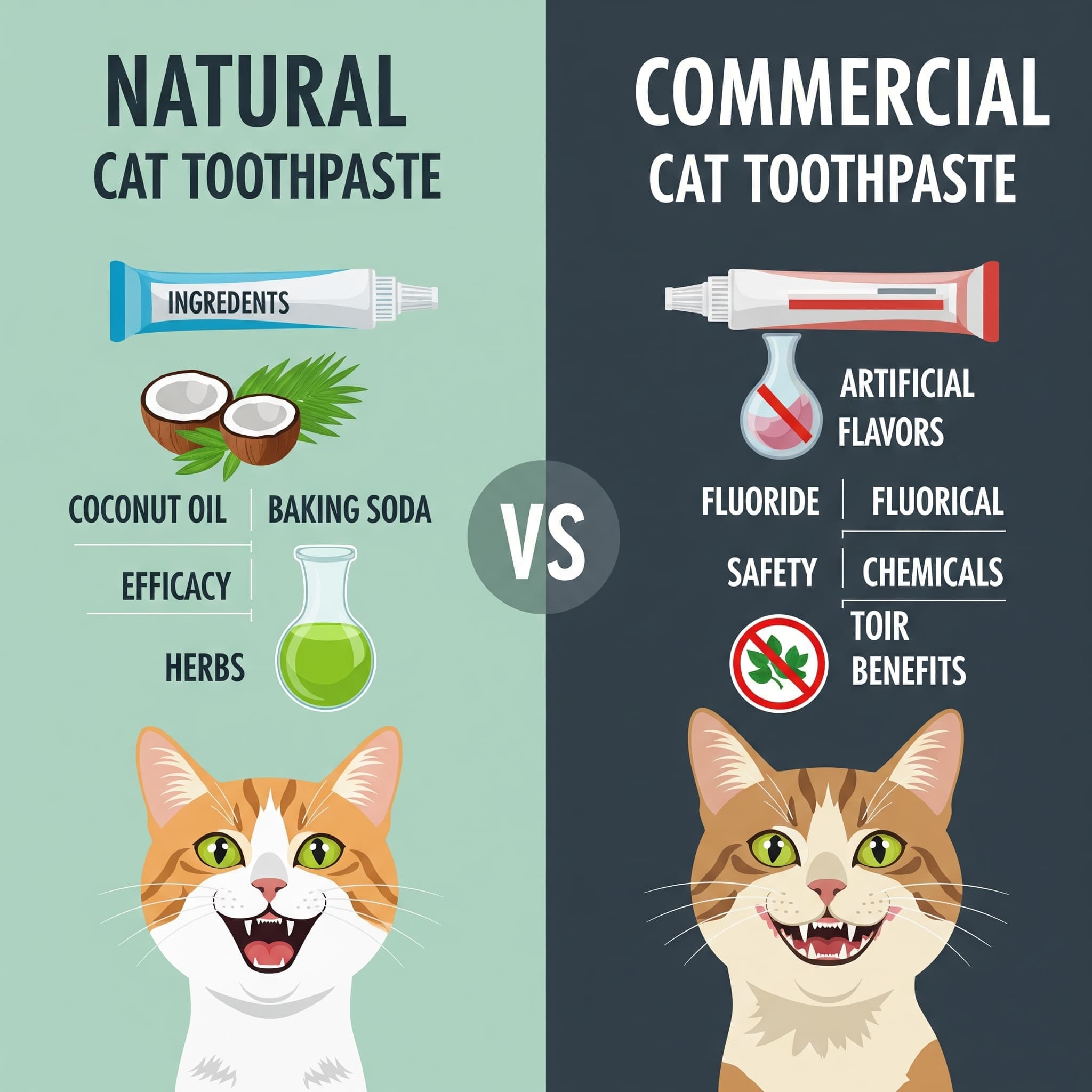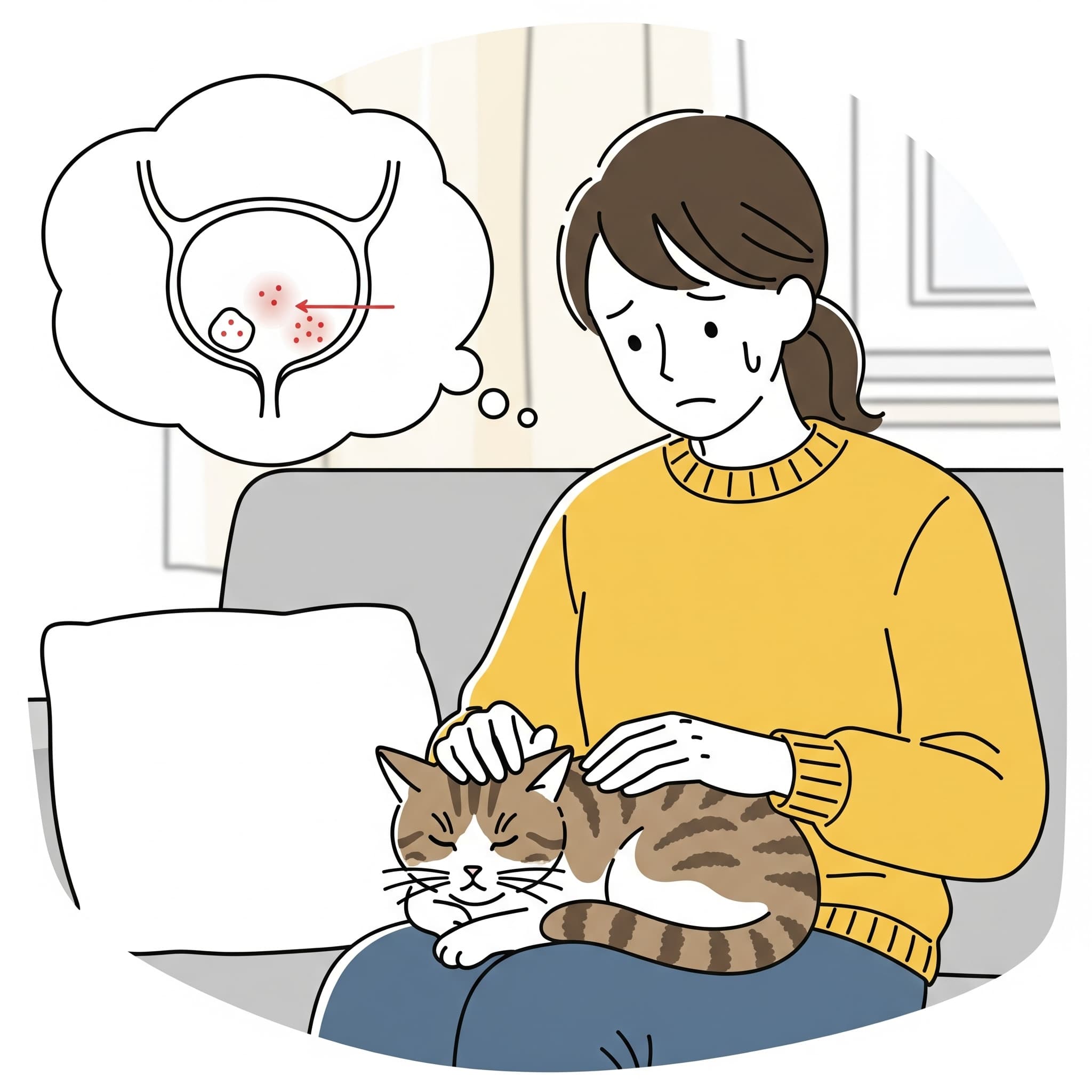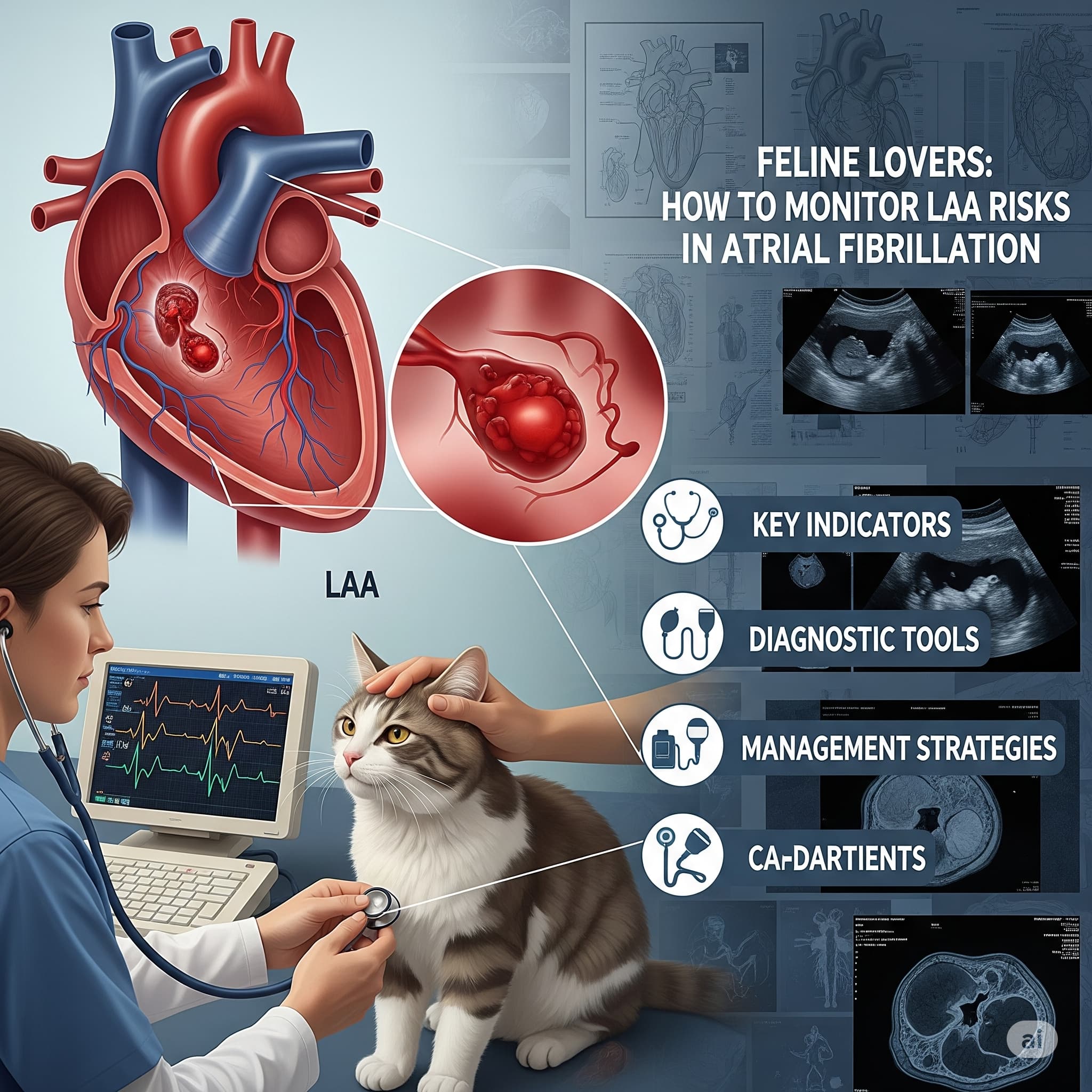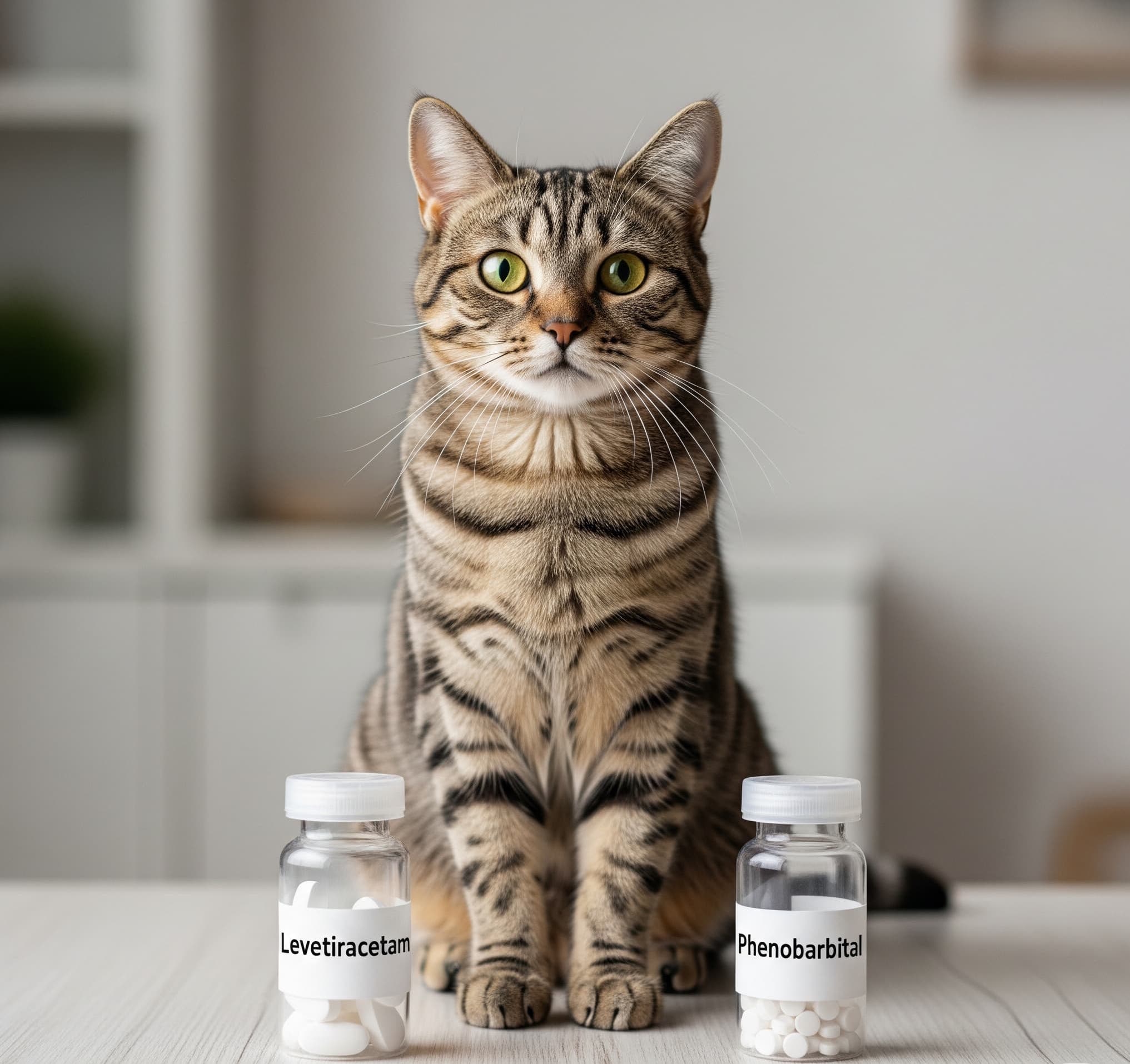Natural vs Commercial Cat Toothpaste: Which is Better for Your Cat?
Compare natural and commercial cat toothpaste options. Learn which type keeps your feline’s teeth healthiest with expert tips and safety guides.
Introduction:
Every cat owner faces this dilemma at some point. You’re standing in the pet store aisle, looking at rows of cat dental products. Should you pick the natural coconut oil-based paste or stick with the commercial enzymatic formula?
Your cat’s dental health affects their entire wellbeing. Poor oral care can lead to pain, infection, and serious health problems. But with so many options available, making the right choice feels overwhelming.
This guide breaks down everything you need to know about natural versus commercial cat toothpaste. We’ll explore the pros and cons of each type, safety considerations, and help you make the best decision for your feline friend.
To help you navigate this comprehensive guide and quickly find the information most relevant to your needs, here are the key sections we’ll explore:
- Understanding Cat Dental Care Basics
- Natural Cat Toothpaste: Benefits and Limitations
- Commercial Cat Toothpaste: What You Need to Know
- Safety Considerations for Both Types
- Making the Right Choice for Your Cat
Understanding Cat Dental Care Basics
Cats need dental care just like humans do. Wild cats naturally clean their teeth by chewing bones and tough prey. House cats don’t have these opportunities. Without proper care, plaque builds up and hardens into tartar.
Dental disease affects over 70% of cats by age three. Signs include bad breath, yellow tartar buildup, red gums, and difficulty eating. Left untreated, bacteria can enter the bloodstream and damage organs.
Regular brushing removes plaque before it becomes tartar. The key is using the right toothpaste. Human toothpaste contains fluoride and other ingredients that are toxic to cats. Cat-specific formulas are designed to be safe if swallowed.
Some cats resist brushing at first. Start slowly with just your finger and a tiny amount of paste. Let them smell and taste it. Gradually introduce a soft brush designed for cats. Most cats learn to tolerate or even enjoy the routine with patience.
The goal is brushing 2-3 times per week minimum. Daily brushing provides the best protection. Even occasional brushing helps more than none at all.
Natural Cat Toothpaste: Benefits and Limitations
Natural cat toothpaste uses plant-based and organic ingredients. Common components include coconut oil, baking soda, and essential oils. Many pet parents prefer these options because they seem gentler and more wholesome.
Benefits of Natural Options:
Coconut oil has natural antibacterial properties. It can help reduce harmful bacteria in your cat’s mouth. Many cats enjoy the taste, making brushing easier. Baking soda helps neutralize acids that cause tooth decay.
Natural formulas often have fewer artificial additives. This appeals to owners who prefer organic products for their pets. Some natural ingredients like parsley can help freshen breath naturally.
You can even make your own natural cat toothpaste at home. Simple recipes use coconut oil mixed with a tiny amount of baking soda. This gives you complete control over ingredients.
Limitations to Consider:
Natural doesn’t always mean more effective. Some natural ingredients may not fight plaque as well as commercial formulas. Essential oils can be dangerous for cats even in small amounts. Tea tree oil, for example, is toxic to felines.
Homemade versions may not have the right pH balance for cats. They also lack the research and testing that commercial products undergo. Without preservatives, natural formulas may spoil quickly.
Some natural ingredients can cause allergic reactions. Always check with your vet before trying new products, especially if your cat has sensitivities.
Commercial Cat Toothpaste: What You Need to Know
Commercial cat toothpaste goes through extensive testing and research. These products are specifically formulated for feline oral health. Most contain enzymes that break down plaque and bacteria.
Advantages of Commercial Formulas:
Enzymatic toothpastes use natural enzymes to fight plaque. These enzymes continue working even after brushing stops. This provides longer-lasting protection than simple abrasive cleaning.
Commercial products undergo safety testing. They’re formulated to be safe if swallowed in normal amounts. Many come in flavors cats enjoy, like poultry or seafood.
These formulas often contain ingredients proven effective in studies. Chlorhexidine, for example, is a powerful antimicrobial agent. Some include fluoride-free whitening agents safe for cats.
Quality control ensures consistent results. Each tube contains the same concentration of active ingredients. This reliability helps maintain your cat’s dental health routine.
Potential Drawbacks:
Commercial products may contain artificial preservatives and flavoring. Some sensitive cats might react to these additives. The ingredient lists can be long and complex.
These products typically cost more than natural alternatives. However, the price often reflects the research and testing involved in development.
Some cats dislike the taste or texture of commercial formulas. This can make brushing more challenging, especially with reluctant cats.
Safety Considerations for Both Types
Safety should be your top priority when choosing cat toothpaste. Cats swallow whatever you put in their mouths during brushing. Unlike humans, they can’t rinse and spit.
Ingredients to Avoid:
Never use human toothpaste on cats. Fluoride is toxic to felines and can cause serious health problems. Xylitol, an artificial sweetener, is also dangerous for cats.
Some essential oils are harmful to cats. Avoid products containing tea tree oil, eucalyptus, or peppermint oil. Even small amounts can cause toxicity symptoms.
Artificial sweeteners like sorbitol can cause digestive upset. While not as dangerous as xylitol, they can still make your cat uncomfortable.
Safe Ingredients for Cats:
Enzyymes like glucose oxidase and lactoperoxidase are safe and effective. These naturally occurring compounds help break down harmful bacteria.
Mild abrasives like hydrated silica help remove plaque without damaging enamel. Coconut oil is generally safe in small amounts and many cats enjoy the taste.
Poultry or fish flavoring makes the experience more pleasant for cats. Just ensure these are cat-safe formulations.
Signs of Problems:
Watch for vomiting, diarrhea, or excessive drooling after using any toothpaste. Loss of appetite or lethargy could indicate a reaction. Contact your vet immediately if you notice these symptoms.
Some cats develop mouth irritation from certain ingredients. Red, swollen gums or pawing at the mouth are warning signs to stop use.
Making the Right Choice for Your Cat
The best cat toothpaste depends on your specific situation. Consider your cat’s age, health status, and preferences. Also think about your own comfort level with different product types.
When Natural Might Be Better:
Choose natural options if your cat has multiple food allergies. Simple ingredient lists make it easier to identify and avoid problem substances. Cats with sensitive stomachs often do better with gentler formulations.
If you prefer organic products for your family, natural cat toothpaste aligns with those values. Some cats respond better to familiar tastes like coconut oil.
Natural options work well for cats who need very gentle dental care. Senior cats or those with mouth sensitivity may prefer milder formulas.
When Commercial Is the Better Choice:
Commercial enzymatic toothpastes offer proven plaque-fighting power. Choose these if your cat already has dental problems or high tartar buildup. The ongoing enzyme action provides superior protection.
Cats who eat primarily commercial food often accept commercial toothpaste flavors better. The poultry and seafood tastes match their regular diet preferences.
If you want the most researched and tested option, commercial products offer that assurance. They undergo strict quality control and safety testing.
Combination Approaches:
Some pet parents alternate between natural and commercial products. This can provide variety while addressing different needs. Just introduce changes gradually to avoid digestive upset.
You might use commercial toothpaste for deep cleaning sessions and natural options for daily maintenance. This balances effectiveness with gentleness.
Frequently Asked Questions:
Can I make my own cat toothpaste at home? Yes, but keep it simple. Mix a small amount of baking soda with coconut oil. Avoid adding essential oils or other ingredients without vet approval. Homemade versions should supplement, not replace, professional dental care.
How often should I brush my cat’s teeth? Aim for 2-3 times per week minimum. Daily brushing provides the best protection against dental disease. Even weekly brushing helps more than none at all. Consistency matters more than frequency.
What if my cat won’t let me brush their teeth? Start very slowly. Let them smell and taste the toothpaste first. Use your finger before introducing a brush. Some cats never tolerate brushing, and that’s okay. Dental treats and water additives can help these cats.
Conclusion:
Both natural and commercial cat toothpastes can support your feline’s dental health when used properly. Natural options appeal to those seeking simple, organic ingredients. Commercial formulas offer proven effectiveness and ongoing enzyme protection.
The most important factor is choosing a product that’s safe for cats and that your cat will tolerate. Regular use of any appropriate cat toothpaste beats perfect product selection with inconsistent use.
Remember that toothpaste is just one part of complete dental care. Regular vet checkups, dental treats, and professional cleanings when needed all contribute to your cat’s oral health.
Start your cat’s dental care routine today. Your feline friend will benefit from healthier teeth and gums for years to come. A little daily effort now prevents painful dental problems later.
Ready to improve your cat’s dental health? Share this guide with other cat parents and let us know in the comments which type of toothpaste works best for your feline friend!




Post Comment